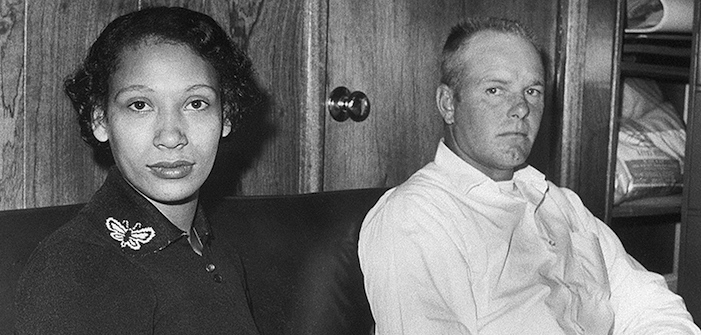Loving tells the true story of Richard and Mildred Loving. He is white, she is black, they love each other and decide to get married. But in segregationist America of 1958, it’s not that simple. The State of Virginia, where the Lovings reside, takes legal action against them and forces them into exile.
The story took place in “real life,” which, as sometimes happens, makes fiction pale in comparison.
The history of racial segregation in the United States does not end with Abraham Lincoln and the abolition of slavery in 1865. It continues through a series of court decisions (such as the “Separate but Equal” ruling by the Supreme Court in 1896) to maintain an obviously unequal separation between Whites and Blacks.
Jeff Nichols manages to recount a historic moment in the civil rights struggle in the United States while keeping the intimate and human aspects at the forefront, and he delivers with Loving a magnificent melodrama in a neoclassical style.
The subtlety begins with the title, Loving, which opens up the film’s dual program. Prevented from marrying by a 1924 law enacted in the State of Virginia (the Racial Integrity Act), Mildred Jetter, a black woman, and Richard Perry Loving, a white man, go to marry clandestinely in the District of Columbia. Upon their return, they are denounced, arrested, imprisoned, and sentenced to a year in prison. Their sentence would be suspended on the condition that they leave the state for a period of twenty-five years.
The judge who pronounced this decision, whose name deserves to be erased, argued that “Almighty God…”


